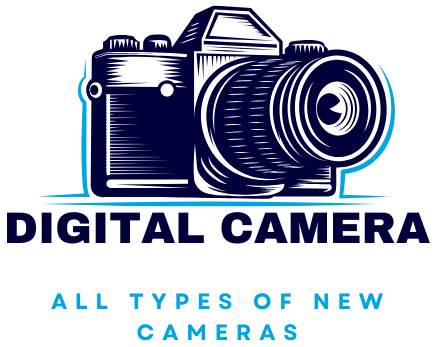What’s new in drone camera sensors and how they affect 4K video quality
| We've carefully selected the BEST drone cameras available on Amazon at unbeatable prices just for you ! Capture stunning aerial views, whether you're a hobbyist or a professional. Don't miss out - click HERE to explore the TOP OPTIONS for high-quality, budget-friendly drone cameras. Team Best Digital Camera |
What’s New in Drone Camera Sensors and How They Affect 4K Video Quality
Introduction
The rapid evolution of technology has spurred meaningful advancements in drone camera sensors, playing a pivotal role in enhancing 4K video quality. these innovations not only improve resolution but also affect dynamic range, color accuracy, and low-light performance. In this article, we’ll explore the latest trends in drone camera sensors and how they contribute to capturing stunning aerial footage. Let’s dive in!
Understanding Drone Camera Sensors
Drone camera sensors are crucial for capturing high-quality images and videos. Below are the primary types of sensors commonly found in drones:
- CMOS (Complementary Metal-Oxide-Semiconductor): These sensors are popular due to their efficiency, low power consumption, and ability to produce high-quality images.
- CCD (Charge-Coupled Device): While less common in drones, CCD sensors are known for their excellent image quality, particularly in low-light conditions.
The choice of sensor directly impacts the video quality and overall performance of drone systems, especially concerning 4K capabilities.
Latest Innovations in Drone Camera Sensors
Improved Dynamic Range
Recent advancements in HDR (High Dynamic Range) technology have significantly improved the dynamic range of drone camera sensors. This allows for better performance in challenging lighting conditions, leading to:
- Greater detail in highlights and shadows
- More realistic colors and depth perception
Increasing Sensor Size
Larger sensors can capture more light, wich contributes to higher quality images and videos. Some modern drones feature:
- full-frame sensors for exceptional detail
- Micro Four Thirds sensors for balance between size and performance
AI-Powered Image Processing
The incorporation of artificial intelligence in drones allows for real-time image processing enhancements. AI algorithms can:
- Reduce noise
- Enhance color accuracy
This translates to crisper 4K footage with better color reproduction.
How New Sensors Affect 4K Video Quality
The enhancements in drone camera sensors significantly impact the quality of 4K video in several ways:
Higher Resolution and Detail
Advancements in sensor technology allow drones to capture higher resolution images which translate to:
- Sharper, clearer video footage
- More detail in aerial landscapes and subjects
Improved Low-Light Performance
With larger and more sophisticated sensors, drones can effectively operate in lower light conditions. This results in:
- Less graininess in videos
- Better nighttime and dawn footage with vibrant colors
Color Accuracy and Depth
Recent sensor improvements enhance color fidelity, ensuring that:
- Skin tones appear natural
- Vibrant landscapes replicate the true scene
Case Studies of Drones with Advanced Sensors
| Drone Model | Sensor Type | Key Features |
|---|---|---|
| DJI Mavic 3 | micro Four Thirds | Log color profiles, 12km transmission, 5.1K video |
| Autel EVO Lite+ | CMOS | Ultra-low light, HDR video, 50MP photos |
| Skydio 2 | 1/2.3″ CMOS | AI obstacle avoidance,4K60 HDR video |
These examples highlight how advanced sensors lead to better performance and enhanced video quality,making them ideal for both filmmakers and hobbyists.
benefits of Upgrading to Newer Drone Sensors
Investing in drones with the latest camera sensors brings several benefits:
- enhanced Image Quality: Higher resolutions and dynamic range give tutorials a professional edge.
- Greater Flexibility: New sensors adapt better to varying environments, making them suitable for diffrent shooting conditions.
- improved Post-Production: Greater color accuracy and detail allow more extensive editing options.
Practical Tips for Using Drones with Advanced Sensors
Here are some practical tips to maximize the benefits of your drone’s camera sensor:
- Understand Your Settings: Familiarize yourself with manual settings to control exposure and ISO according to the shooting conditions.
- Use ND Filters: Neutral density filters can help manage light intake, resulting in better motion blur in videos.
- Practice Composition: well-composed shots significantly enhance your 4K output, so take time to plan your framing.
Conclusion
With ongoing advancements in drone camera sensors, the quality of 4K video continues to improve, making aerial videography more accessible and stunning than ever. From improved dynamic range and low-light performance to AI-powered processing, the latest innovations establish a new benchmark for what drones can achieve. By understanding these new technologies and effectively utilizing your drone’s features, you can elevate your video quality and create breathtaking aerial footage.
| Don't miss out - click HERE to explore the TOP OPTIONS for high-quality, budget-friendly drone cameras. Team Best Digital Camera |
